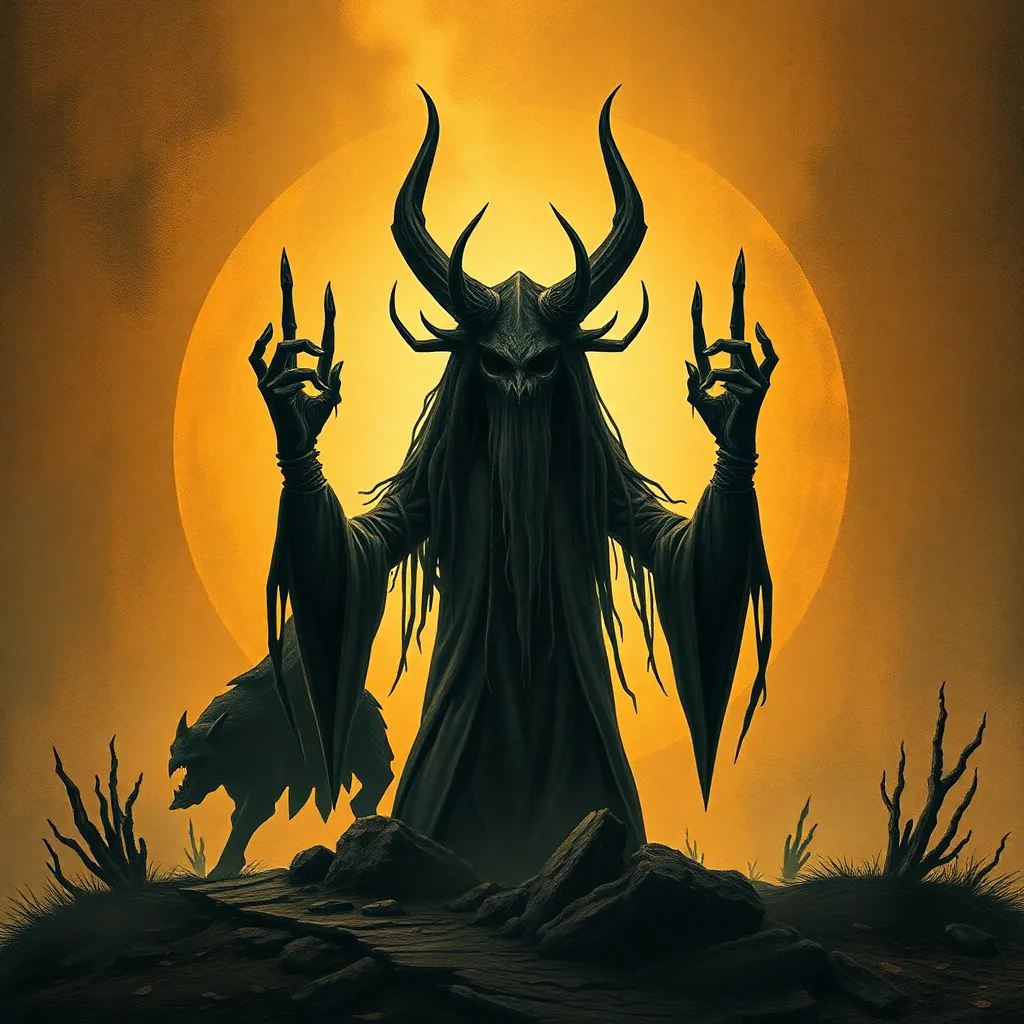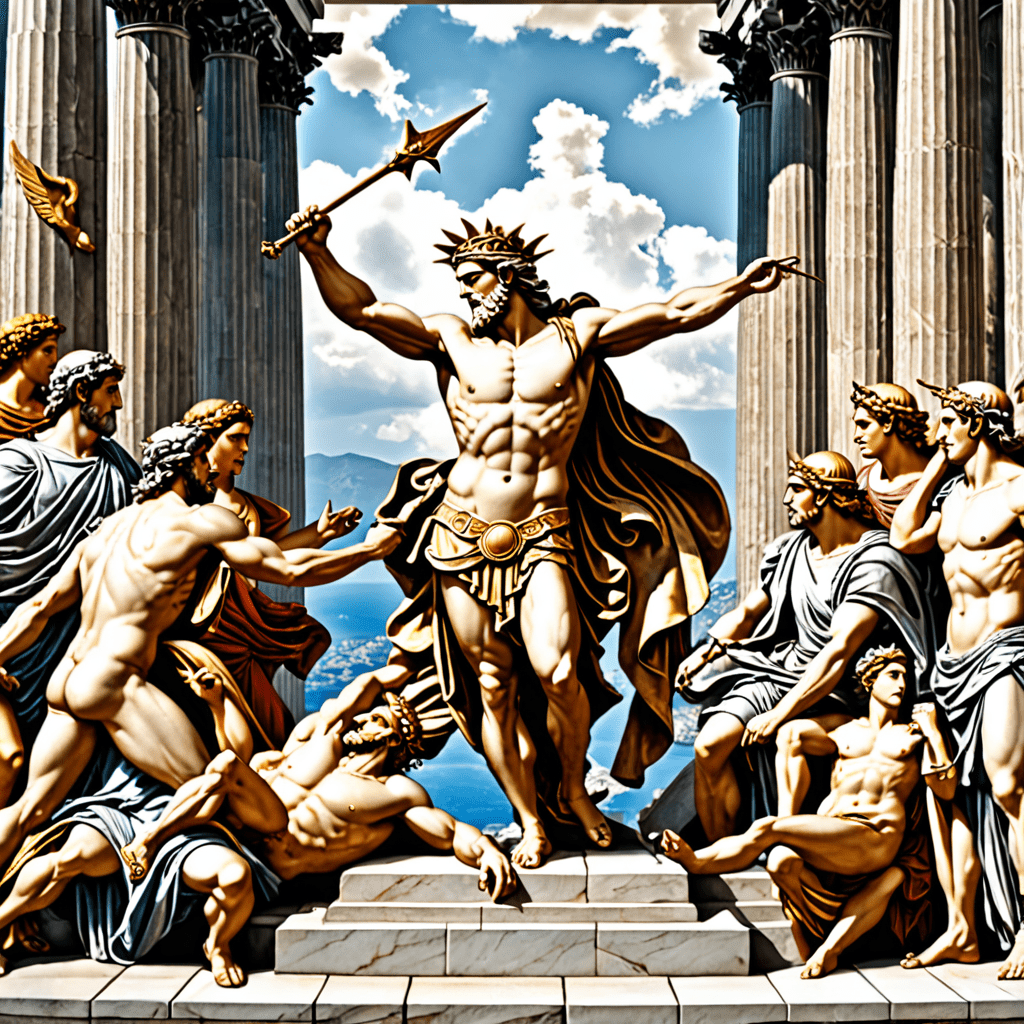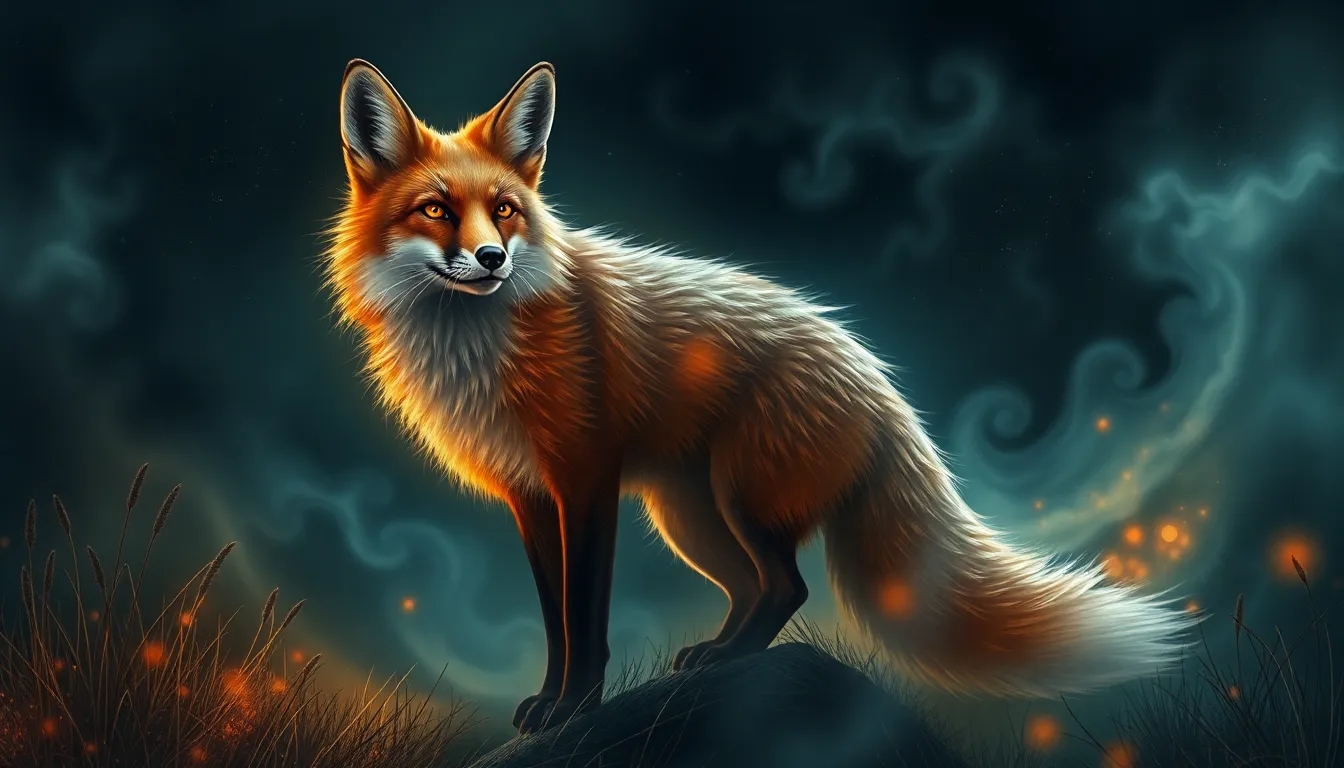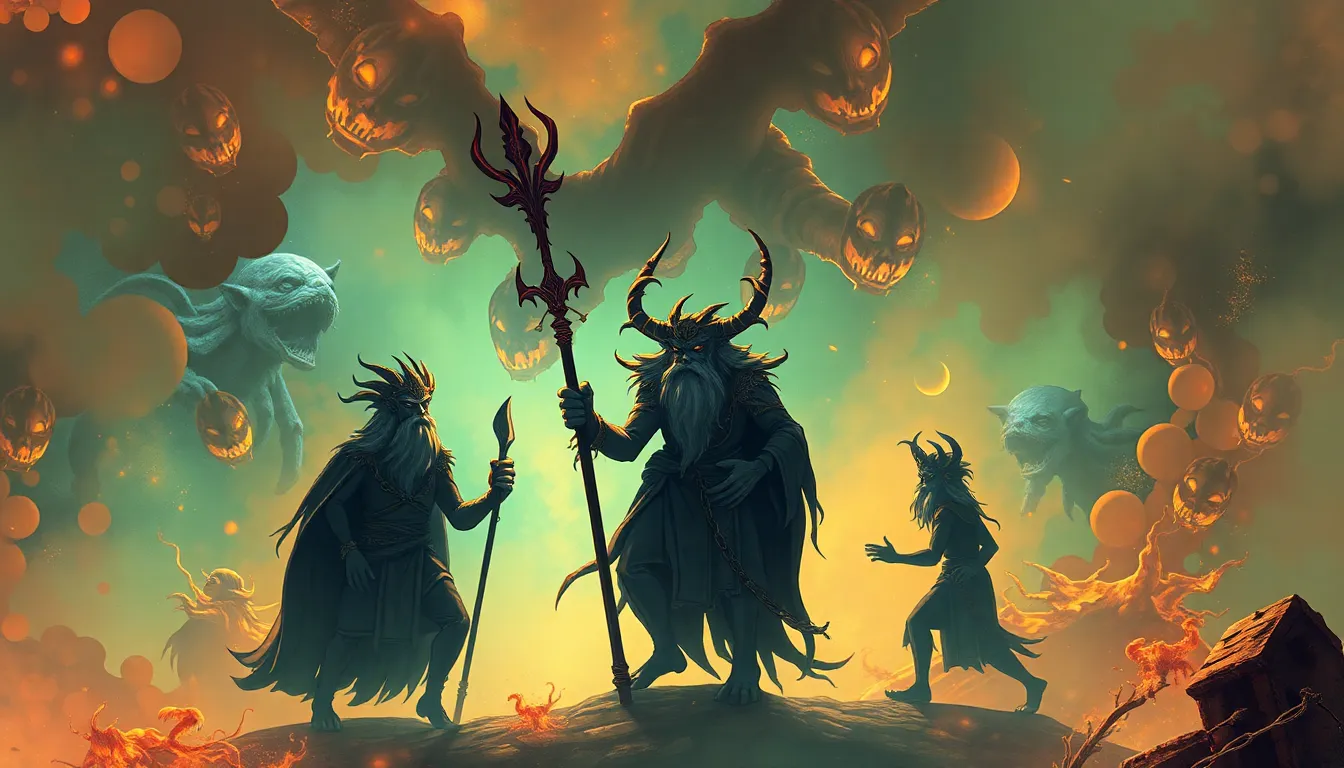How to Protect Yourself from a Strigoi: Ancient Rituals and Modern Beliefs
I. Introduction
The Strigoi is a fascinating figure from Romanian folklore, often associated with the undead and believed to possess vampiric qualities. These mythical creatures are said to be the restless souls of the deceased who rise from their graves to torment the living. The historical context surrounding the Strigoi is rich, as it intertwines with various cultural beliefs about death, the afterlife, and the nature of evil.
This article aims to delve into protective measures against Strigoi, exploring both ancient rituals and modern beliefs that have evolved over time. By understanding these practices, individuals can gain insights into how to safeguard themselves from these spectral threats.
II. Understanding the Strigoi Mythology
The Strigoi mythology has its origins in Eastern European folklore, particularly in Romania. Strigoi are typically described as beings that can transform into animals, fly, and suck the life force from the living. They are often depicted as pale, gaunt figures with a thirst for blood.
Across cultures, variations of the Strigoi exist. For example:
- Strigoi Morti: The dead who rise from their graves.
- Strigoi Vii: The living who exhibit vampire-like qualities.
The symbolism of the Strigoi often reflects societal fears surrounding death, the unknown, and the consequences of a life lived poorly. They embody the anxieties of losing loved ones and the potential for life after death to be more terrifying than comforting.
III. Ancient Rituals for Protection
Throughout history, various rituals have been practiced to protect oneself from the Strigoi. These ancient customs reflect a deep-rooted belief in the supernatural and the power of certain objects and practices.
A. Garlic and its historical use
Garlic has long been considered a powerful protective agent against malevolent forces, including Strigoi. It is believed that its strong odor can repel these creatures, making it a common ingredient in protective rituals.
B. The role of sacred objects and talismans
Many cultures have employed sacred objects as talismans for protection. Common items include:
- Holy Water: Used to bless spaces and individuals, warding off evil spirits.
- Crucifixes: Symbols of faith that are believed to repel dark entities.
- Iron Objects: Thought to have protective properties against supernatural beings.
C. Rituals involving fire and water
Fire is often associated with purification, while water symbolizes life. Rituals that incorporate these elements, such as lighting candles or sprinkling blessed water, are believed to create a barrier against Strigoi.
D. The importance of religious symbols and prayers
Religious symbols and prayers play a crucial role in protection against Strigoi. Invoking the names of saints or reciting specific prayers are believed to provide divine protection and peace of mind.
IV. Modern Beliefs and Practices
Contemporary views on Strigoi have evolved, influenced by media and pop culture. Today, the Strigoi is often romanticized in literature and film, leading to a shift in how people perceive these creatures.
A. How contemporary views have evolved
Many individuals view Strigoi through a lens of entertainment rather than fear. This shift allows for a more playful engagement with the mythology.
B. The influence of media and pop culture
Movies, TV shows, and books have popularized the notion of vampires, often based on the Strigoi mythology. This has led to a resurgence of interest in protective rituals, albeit in a more casual context.
C. Modern-day rituals inspired by ancient practices
People today may adapt ancient rituals to fit their lifestyles. These can include:
- Creating garlic-infused oils for cooking.
- Using crystals believed to have protective properties.
- Participating in community events that celebrate folklore.
V. Psychological Aspects of Strigoi Beliefs
The fear of Strigoi and similar mythical creatures can have psychological implications, affecting mental health and coping mechanisms.
A. Fear and its impact on mental health
Beliefs in Strigoi can exacerbate fears of death and the unknown, leading to anxiety and stress. Understanding these fears can help individuals cope more effectively.
B. The role of superstition in coping mechanisms
Superstitions surrounding Strigoi may provide comfort to some, allowing them to feel a sense of control over their fears through rituals and protective practices.
C. Addressing anxiety through understanding folklore
By exploring the origins and meanings of Strigoi folklore, individuals can demystify their fears, fostering a healthier relationship with these myths.
VI. Community and Social Practices
Community plays a vital role in how individuals engage with Strigoi beliefs. Collective practices can provide support and a sense of belonging.
A. The role of communal rituals in protection
Communal rituals, such as gatherings for storytelling or celebrating traditional festivals, can reinforce social bonds and collective identity, providing a layer of protection against fear.
B. Folklore clubs and gatherings focused on Strigoi
Folklore clubs dedicated to discussing and exploring Strigoi myths allow individuals to share experiences and knowledge, creating a supportive environment for those interested in these beliefs.
C. Sharing stories and experiences as a form of protection
Storytelling serves as a powerful tool for connecting with others and processing fears. Sharing personal encounters with Strigoi can foster resilience and community solidarity.
VII. Practical Tips for Modern Protection
Incorporating ancient rituals into daily life can be a meaningful way to feel protected in today’s world.
A. Incorporating ancient rituals into daily life
Consider incorporating elements like garlic in your cooking or keeping sacred objects in your home as a form of protection.
B. Creating a personal protective space
Designate a space in your home for reflection and protection, adorned with symbols or items that resonate with you.
C. Engaging with local folklore and community resources
Participate in local folklore events or workshops to deepen your connection with your cultural heritage and learn more about protective practices.
VIII. Conclusion
In summary, the exploration of ancient rituals and modern beliefs surrounding the Strigoi reveals a rich tapestry of cultural significance and protective measures. While these beliefs may have evolved, their relevance in today’s society remains strong.
By understanding and engaging with these practices, individuals can find personal meaning and protection against the fears that the Strigoi represent. Embracing the folklore can encourage individuals to explore their beliefs and develop rituals that resonate with their personal experiences.
https://www.youtube.com/watch?v=m08DgU8C6hc



